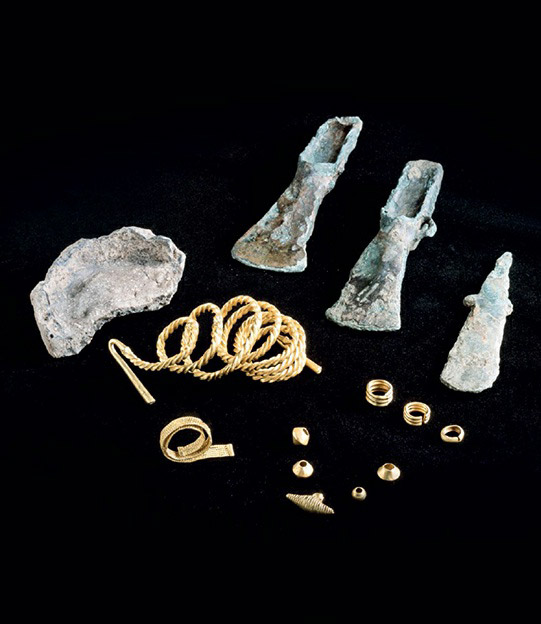The Bronze Age represents a crucial phase in prehistoric human development, characterized by the emergence of bronze smelting. This period, sandwiched between the Stone and Iron Ages, witnessed a major technological leap with the production of bronze, an alloy primarily composed of copper and small amounts of other metals like arsenic, tin, and aluminum. The invention of bronze, a material superior to its predecessors in durability and strength, catalyzed advancements in tool and weapon manufacturing.
The onset of the Bronze Age varied globally, but it is often associated with the establishment of early dynasties, such as Egypt’s First and Second Dynasties, and the concurrent rise of powerful empires in Southern Europe, Mesopotamia, and China. These societies leveraged bronze technology to gain a strategic advantage over others, which was crucial in their expansion and dominance.
The production of high-quality bronze necessitated the mining and smelting of both copper and tin ores, often found in separate geographic locations. This requirement significantly contributed to the expansion of global trade networks, as these resources were exchanged among different civilizations.
The Bronze Age also witnessed significant cultural and intellectual developments, including the independent invention of writing in various regions. This advancement was partly enabled by the stability and security provided by bronze weaponry.
Today, bronze continues to be a valuable material, utilized in a wide range of applications from electrical components to artistic creations. Its enduring presence in various industries highlights the lasting impact of the Bronze Age on modern society.

